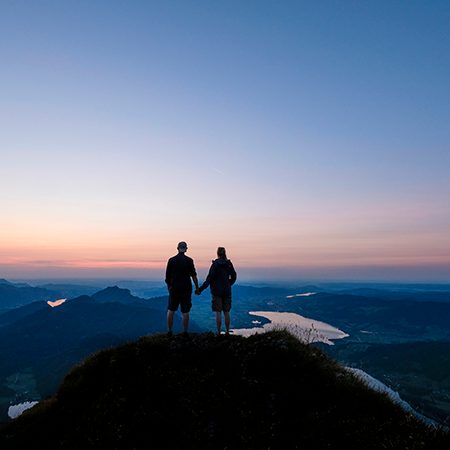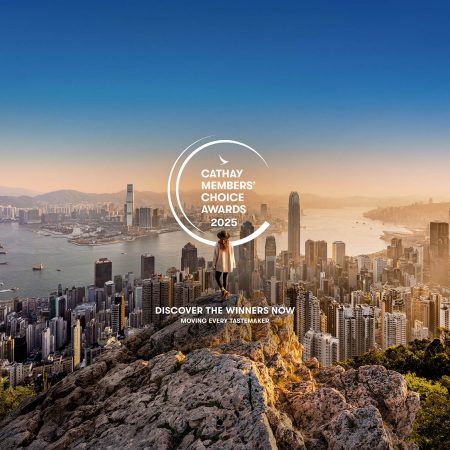The wild green yonder: the rise of trail running in Asia
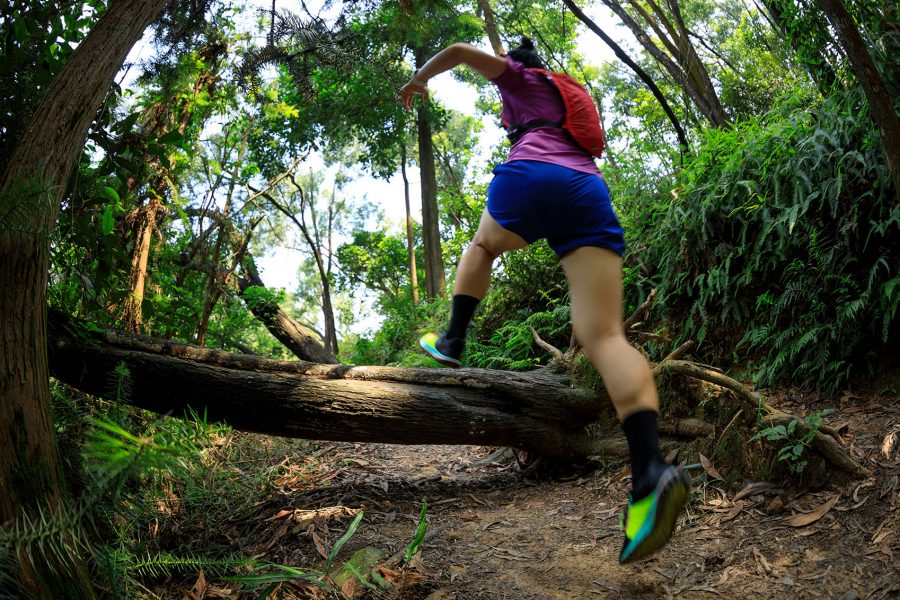
From the rocky volcanic slopes of Indonesia to the verdant valleys of northern Thailand and the windswept coasts of Hong Kong, Asia is home to some of the world’s most picturesque hiking and running routes. As long distance trail running takes off across the region, races are flourishing in response to widespread demand for a wilder style of adventure.
Participation in all types of running races in Asia has seen an average of nearly 25 per cent growth year-on-year over the past decade, according to a 2019 study by RunRepeat.com and World Athletics. But instead of seeing faster finishes, average times are falling. Why? These races aren’t just for elite athletes anymore: weekend warriors are getting in on the action, and organisers are thrilled to see an explosion in participation from amateur trail running enthusiasts.
“Running through the wilderness with mountain views beats grinding out kilometres on a boring paved road,” says Ryan Blair, director of Asia Pacific Adventure (APA) and The North Face Adventure Team. “Trail running can also be easier on the body as it involves softer surfaces and lower skeletal and muscular impact, depending on terrain.”
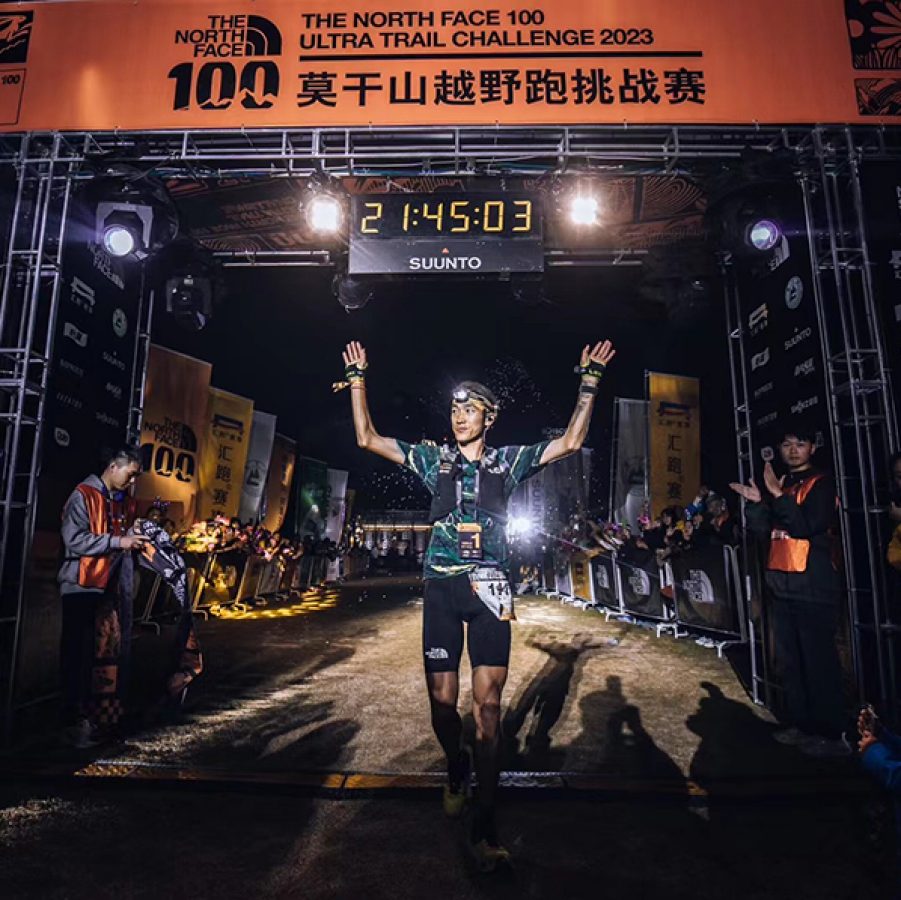
Social media appeal plays a part, too, Blair notes: “There are more Instagram moments when you’re in nature with spectacular vistas and landscapes compared to when you’re running down a road.”
In 2021, the International Trail Running Association (ITRA), headquartered in the French alpine town of Chamonix, appointed Hongkonger Janet Ng as its first female president. Under her stewardship, the ITRA has doubled down on Asia as a running destination, selecting Chiang Mai to host the inaugural World Mountain and Trail Running Championships last winter. Ng also co-organises the Vibram HK100, a marquee race in the Hong Kong calendar, which takes runners along the entirety of one the city’s most famous local trails: the 100km MacLehose Trail. Hong Kong’s compact size, varied topography and quick access to country parks have made it a hub for trail running in Asia.
“Part of the attraction of trail running is the discovery of a new region and culture. Especially in Asia, you can combine the sport with an exploration of a new place,” Ng says. “By running our race, you see Hong Kong through different eyes. We have people that come and say, ‘Woah, it’s not just shopping centres, clubs and bars!’ We have amazing islands, hills and forests.”
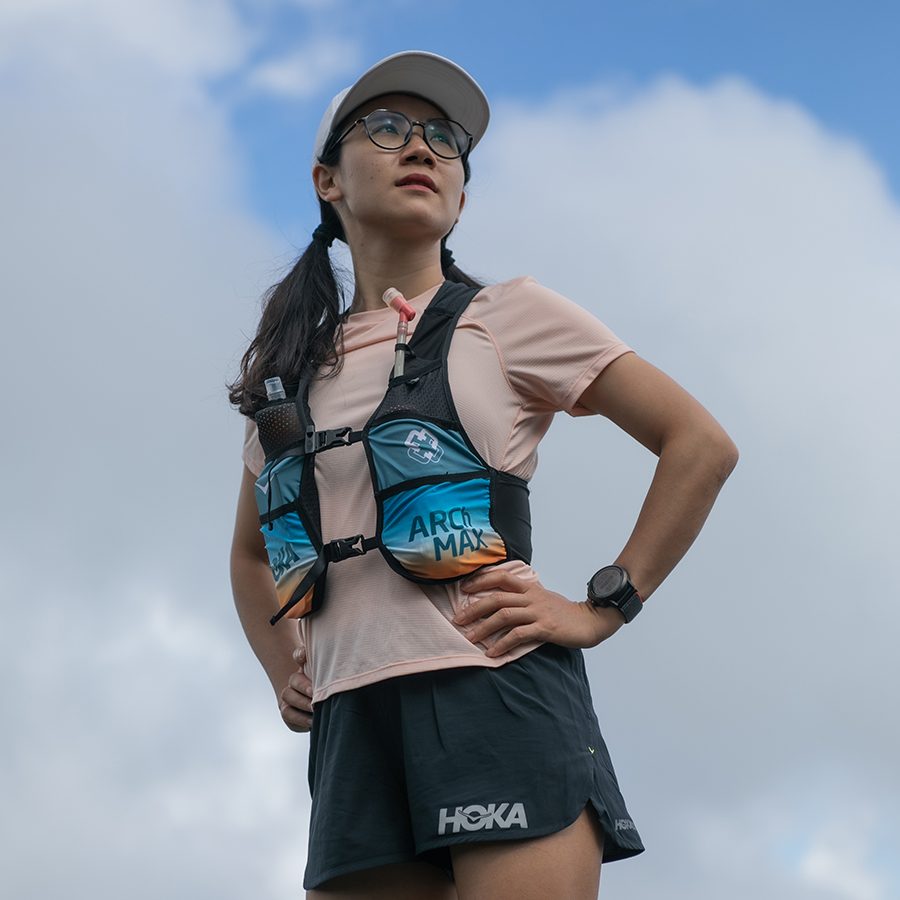
Credit: Xiang Fuzhao
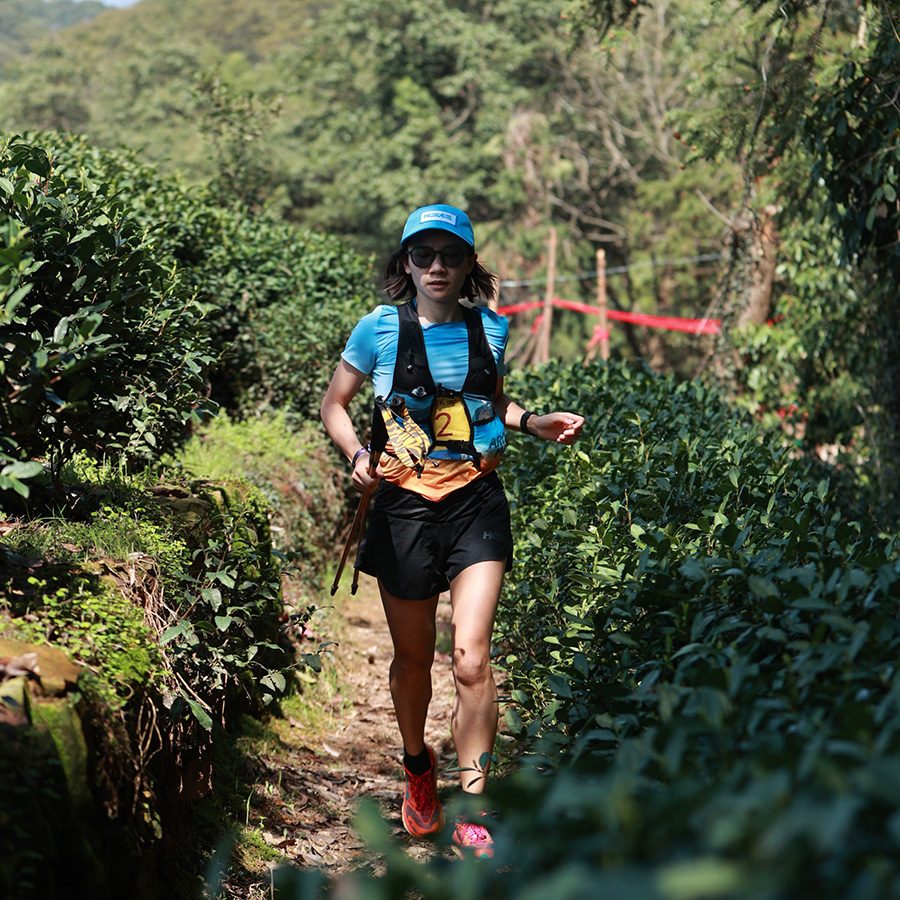
Credit: Xiang Fuzhao
Time for China
While the more vertiginous parts of the US and Europe have historically led the way in developing trail running culture, interest in the sport has accelerated in Asia over the last decade, with events now held in almost every country in the region. Thanks to its varied terrains and spectacular scenery, the Chinese Mainland has quickly gained ground as an event host, with races taking place from Yunnan to Sichuan. What’s more, Chinese athletes are fast becoming a force to be reckoned with.
“We’re seeing such rapid development in Asia,” says Ng. “Countries like Nepal have always been strong, but China has come into it with such speed. The talent there is just phenomenal. At this year’s race, nine of the top 10 men and five of the women were Chinese.”
Blair adds: “The sport has been transformed in mainland China from basically nothing 10 years ago to hundreds of races all over, and many professional Chinese athletes.”
China’s top female trail runner Xiang Fuzhao has competed all over the world, racking up not only wins in the women’s races, but outright victories everywhere from Gran Canaria to New Zealand. At the 165km Ultra-Trail Mount Fuji in April, she battled sleep deprivation and cripplingly cold conditions to defend her 2019 title, finishing more than 70 minutes ahead of the runner-up. The 31-year-old describes the growth of the sport in her homeland over the last decade. “When I started trail running, it was still a small-scale sport in Asia. Many people asked, ‘Do you sleep during the race?’, ‘How is it possible to run so far in one day?’” she says. “But now, more and more people know about this sport, and there are races in China every weekend.

Credit: Getty Images
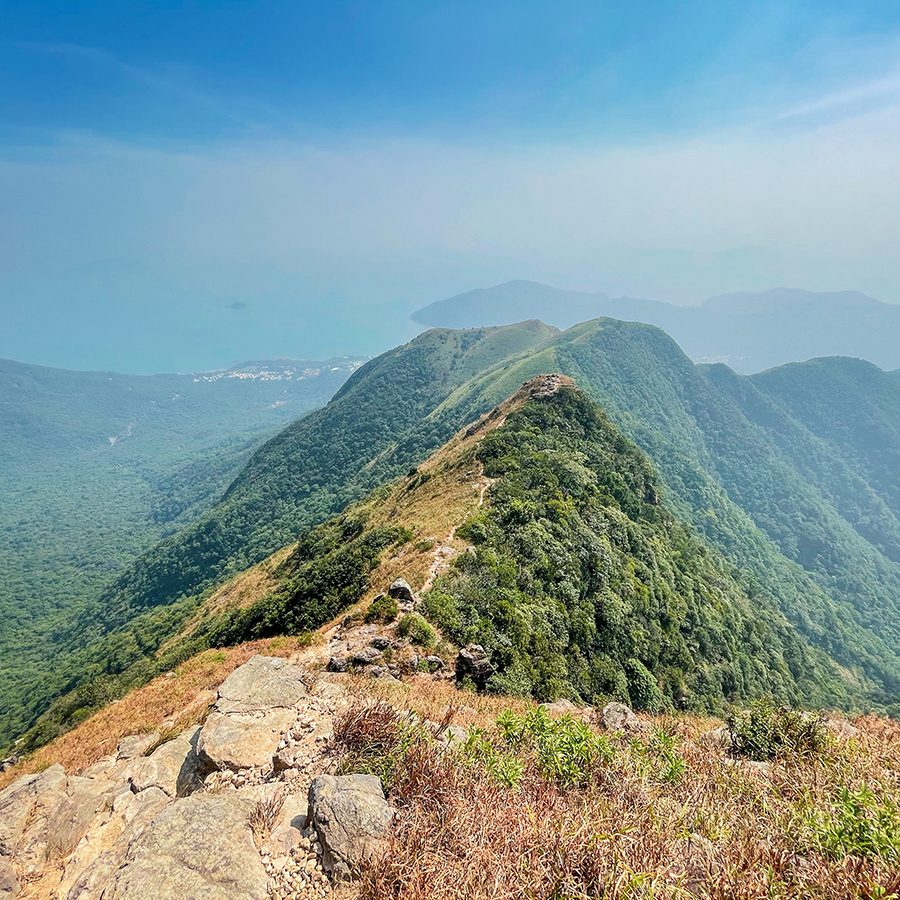
Credit: Getty Images
Next leg of the journey
Travelling to run has never been more popular. An ITRA survey of 9,000 trail runners last year revealed that over half liked to travel abroad to race, with some spending up to €400 (HK$3,440) a year on race entries alone. It also found that a love for nature and seeing new places were more compelling draws to the sport than staying fit. Outside the races themselves, running bootcamps across the region from Chengdu to Chiang Mai promise a backdrop of stunning landscapes and a dose of local culture as runners hone their technique.
“Asia has the edge in terms of hospitality, raw and less-explored trails, and wonderful cultural experiences that set it apart from most places in the West,” says Blair.
The pandemic has no doubt accelerated trail running’s popularity worldwide. With many sports facilities off-limits during the pandemic, people looking to maintain their fitness were pushed into the great outdoors to discover a new way of working up a sweat.
“I don’t see interest ever evaporating now,” Ng says. “When you’ve discovered trail running, you will always want to go into nature.”
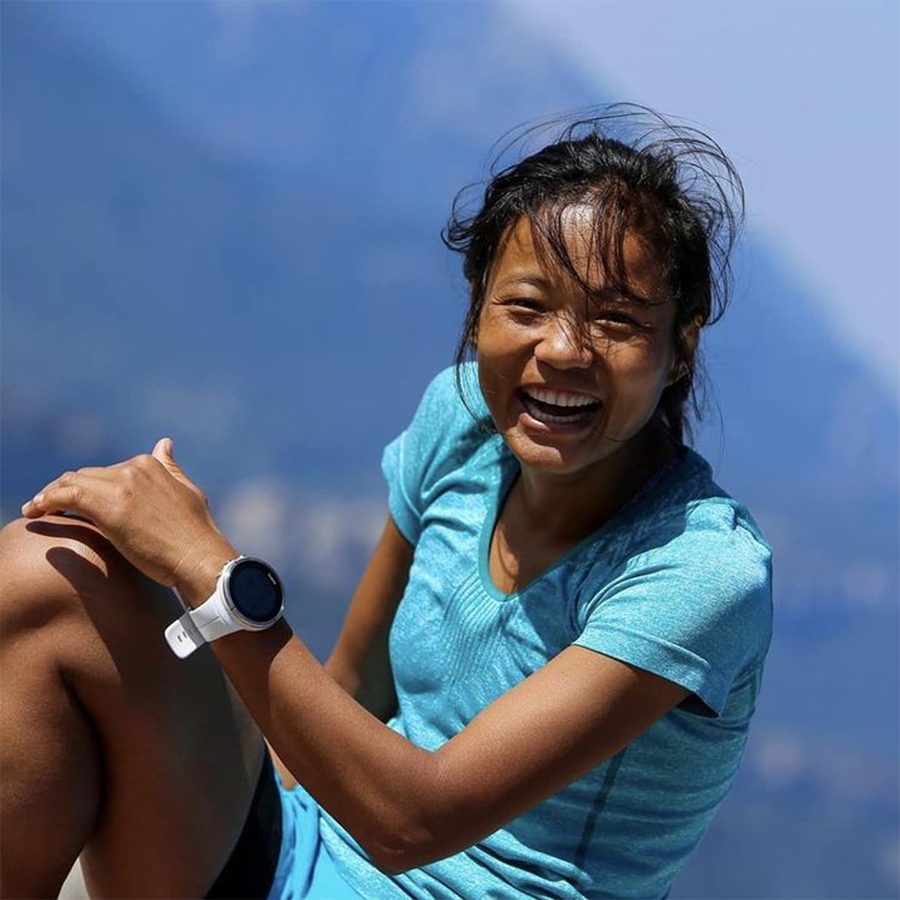
Credit: Mira Ray

Driving diversity
Trail race participation worldwide skews male, white, affluent and university-educated, according to a survey of more than 1,000 trail runners from 30 countries by the University of Central Lancashire. However, as race prize pots grow and brand sponsorship deals become increasingly lucrative, trail running offers a conduit to social mobility for runners from poorer backgrounds, and opens up opportunities for them give back to their community.
Nepal’s Mira Rai (below, left), a former child soldier from an impoverished family, is now a trail running icon after multiple major wins across the world. Her namesake initiative identifies and supports young female Nepali trail runners, helping to lift them out of hardship.
Wong Ho-chung (below, right), a former firefighter who grew up in a public housing estate, is one of Hong Kong’s most successful trail runners. He went from mentoring young offenders to establishing The Peak Hunter Foundation, a charity for which he works full-time as an ultra running and life coach. “I wish to promote a healthy life and personal growth – both things I gained from trail running – to fellow Hong Kong people,” Wong says.
Hero image credit: Getty Images
More inspiration
- China – the Chinese Mainland, Hong Kong SAR, Macao SAR and Taiwan Region
- Hong Kong SAR - English
- Chinese Mainland (China) - English
- Taiwan, China - English
- 香港特別行政區 - 繁體中文
- 中国內地 - 简体中文
- 中國台灣 - 繁體中文
- Africa
- South Africa - English
- Asia
- Bangladesh - English
- Korea - English
- Singapore - English
- Cambodia - English
- 한국 - 한국어
- Sri Lanka - English
- India - English
- Malaysia - English
- Thailand - English
- Indonesia - English
- Maldives - English
- ประเทศไทย - ภาษาไทย
- Indonesia - Bahasa Indonesia
- Myanmar - English
- Vietnam - English
- Japan - English
- Nepal - English
- Việt Nam - tiếng Việt
- 日本 - 日本語
- Philippines - English
- Australasia
- Australia - English
- New Zealand - English
